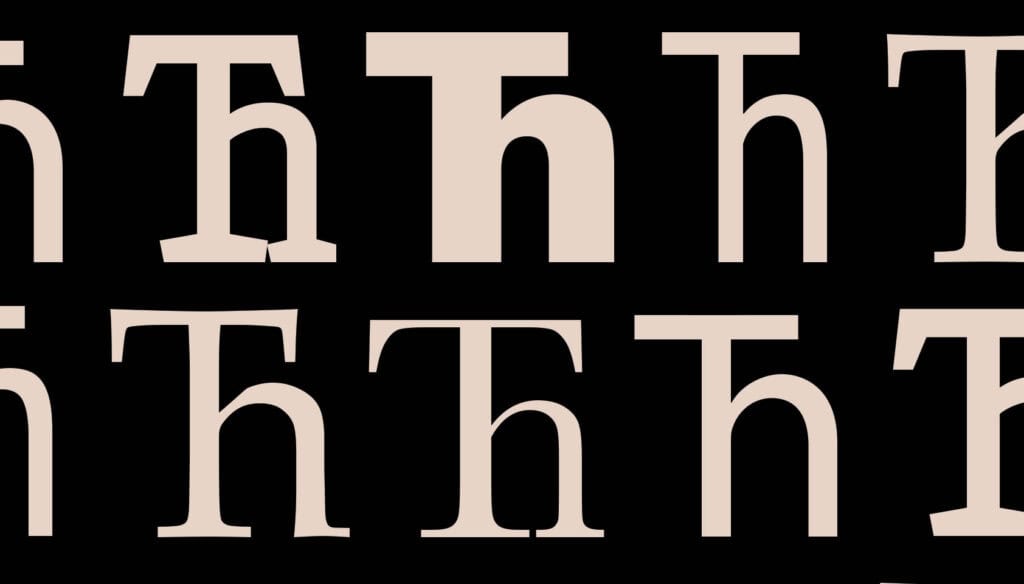An Australian entrepreneur, usually known for his restaurants, has stunned the design world by creating a ligature to replace the word ‘the’.
It could be a prank until you hear that Paul Mathis estimates spending anywhere between $34,000 and $68,000 USD developing his symbol, leaving a shocked design world asking, ‘How on earth did he spend $34,000 on that?’
His inspiration it seems, was the ampersand which he mistakenly believes to be an ‘and’ symbol. The ampersand, which is a ligature of ‘e’ and ‘t’, is derived from Latin, popularized by French, and has been in use since at least the 2nd century AD.
There are numerous problems with Mr.Mathis’ proposed ligature, the first and foremost being that it isn’t a ligature of ‘the’ it’s a ligature of ‘th’.
Of secondary consideration is the fact that the characters don’t lend themselves to being a ligature. The purpose of ligatures is the increase readability where letter spacing is such that parts of characters, such as the arm on an ‘f’ and the dot over an ‘i’, collide.
Another spanner is thrown into the works when you consider the relative relationships of uppercase characters and the ascender height of lowercase letters: in roman typefaces, the cap height is frequently shorter than the ascenders, and almost exclusively so in serif faces. The ligature proposed by Mathis becomes counter-productive, by either creating a jarring inconsistency with the rest of a typeface, or by forcing the redesign of all typefaces using the symbol.
The final nail in the coffin is that nobody knows what the ligature is supposed to be. It doesn’t increase readability if it isn’t familiar and so, other than giving you two extra characters to play with on Twitter, serves no purpose.
Whilst you can purchase extended keyboards from the Android store that include the new symbol, the Apple store have so far resisted Mathis’ attempts to release his app.
This vanity project fails because you can’t steer culture. Typography has developed over many hundreds, if not thousands of years. If there was a compelling case for a ‘Th’ ligature, its genesis would be evident in prior work. Language is an evolutionary, not revolutionary process. Mr Mathis would have been better spending his $34,000 lobbying Twitter to raise the character limit on his account.
It’s a great moral lesson for entrepreneurs everywhere: good design solves problems, it doesn’t invent them.
Would you consider using Mathis’ Th ligature? Does any good come from vanity projects? Let us know your thoughts in the comments.
